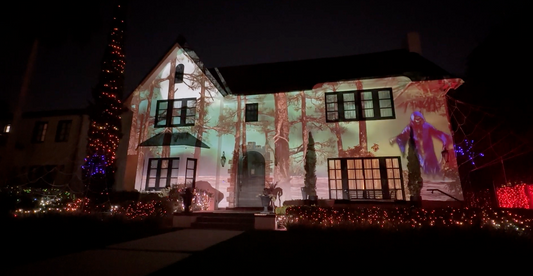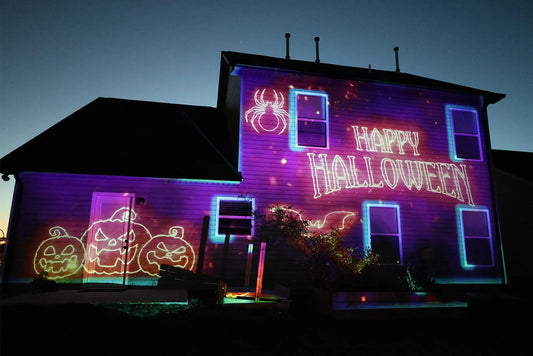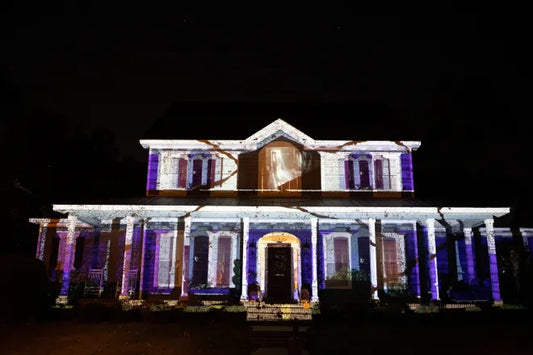Projection mapping is an innovative technology that has been transforming the way we interact with public spaces. By projecting images and videos onto public spaces such as buildings, sculptures, and landmarks, projection mapping can transform the look and feel of urban environments and cityscapes. In this blog, we will explore how projection mapping is being used in public spaces to enhance urban environments and cityscapes.
What is Projection Mapping for Public Spaces?
Projection mapping involves the use of specialized software and hardware to project images and videos onto any surface or object, creating a dynamic and interactive environment that engages the senses. In public spaces, projection mapping is being used to transform the look and feel of urban environments and cityscapes.
Using Projection Mapping for Public Spaces
Projection mapping can be used in a variety of ways to enhance public spaces. Here are just a few examples:
- Landmarks: Projection mapping can be used to enhance landmarks, creating a more visually stunning and immersive experience for visitors. For example, projection mapping can be used to project images and videos onto the facade of a famous landmark, creating a sense of movement and energy that enhances the visitor experience.
- Public Art Installations: Projection mapping can be used to enhance public art installations, creating a more visually stunning and engaging environment for viewers. For example, projection mapping can be used to project images and videos onto sculptures, creating a sense of movement and energy that enhances the artwork.
- Cityscapes: Projection mapping can be used to enhance cityscapes, creating a more visually stunning and immersive experience for residents and visitors. For example, projection mapping can be used to project images and videos onto the buildings in a cityscape, creating a sense of movement and energy that enhances the urban environment.
Benefits of Using Projection Mapping for Public Spaces
Using projection mapping in public spaces offers a range of benefits for cities, visitors, and residents. Some of the key benefits include:
- Creating a more immersive and interactive urban environment
- Enhancing the visual appeal of landmarks, public art installations, and cityscapes
- Providing a unique and memorable experience for visitors and residents
- Enabling more creative expression and experimentation in urban design
- Increasing engagement and awareness of public spaces
Conclusion
Projection mapping is a powerful technology that is transforming the way we interact with public spaces. By projecting images and videos onto public spaces such as buildings, sculptures, and landmarks, projection mapping can transform the look and feel of urban environments and cityscapes. With its ability to enhance the visual appeal and engagement of public spaces, projection mapping is sure to continue to be a popular and effective tool for urban designers and city planners.




